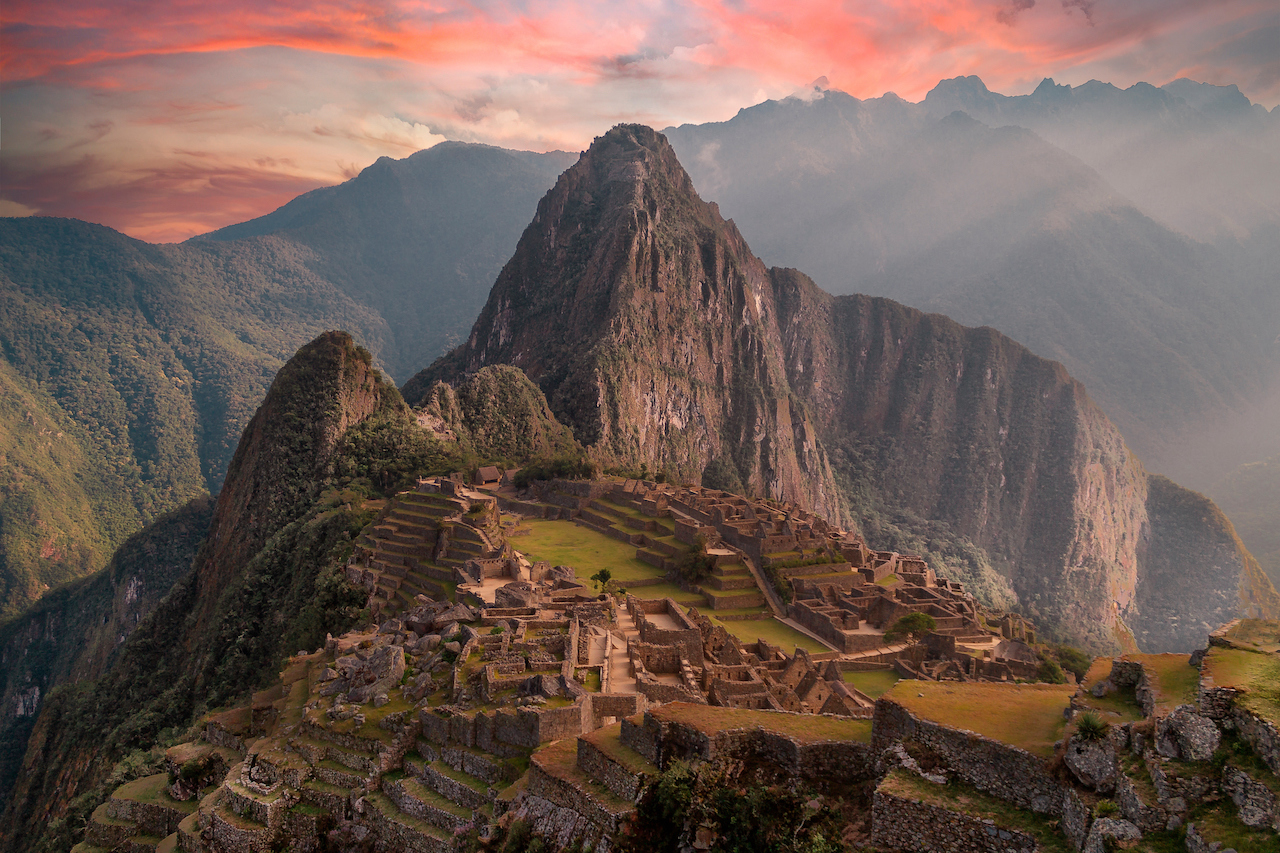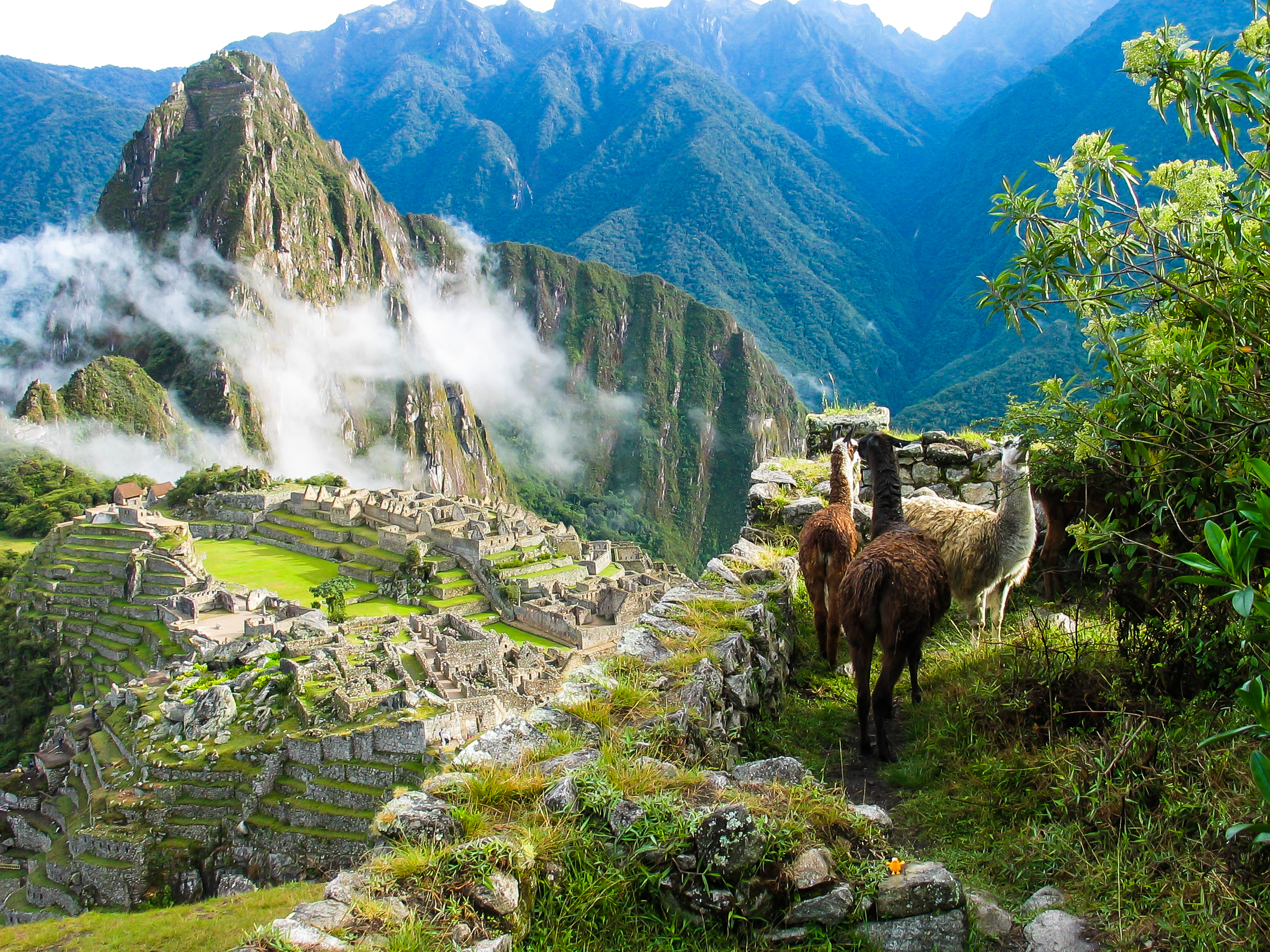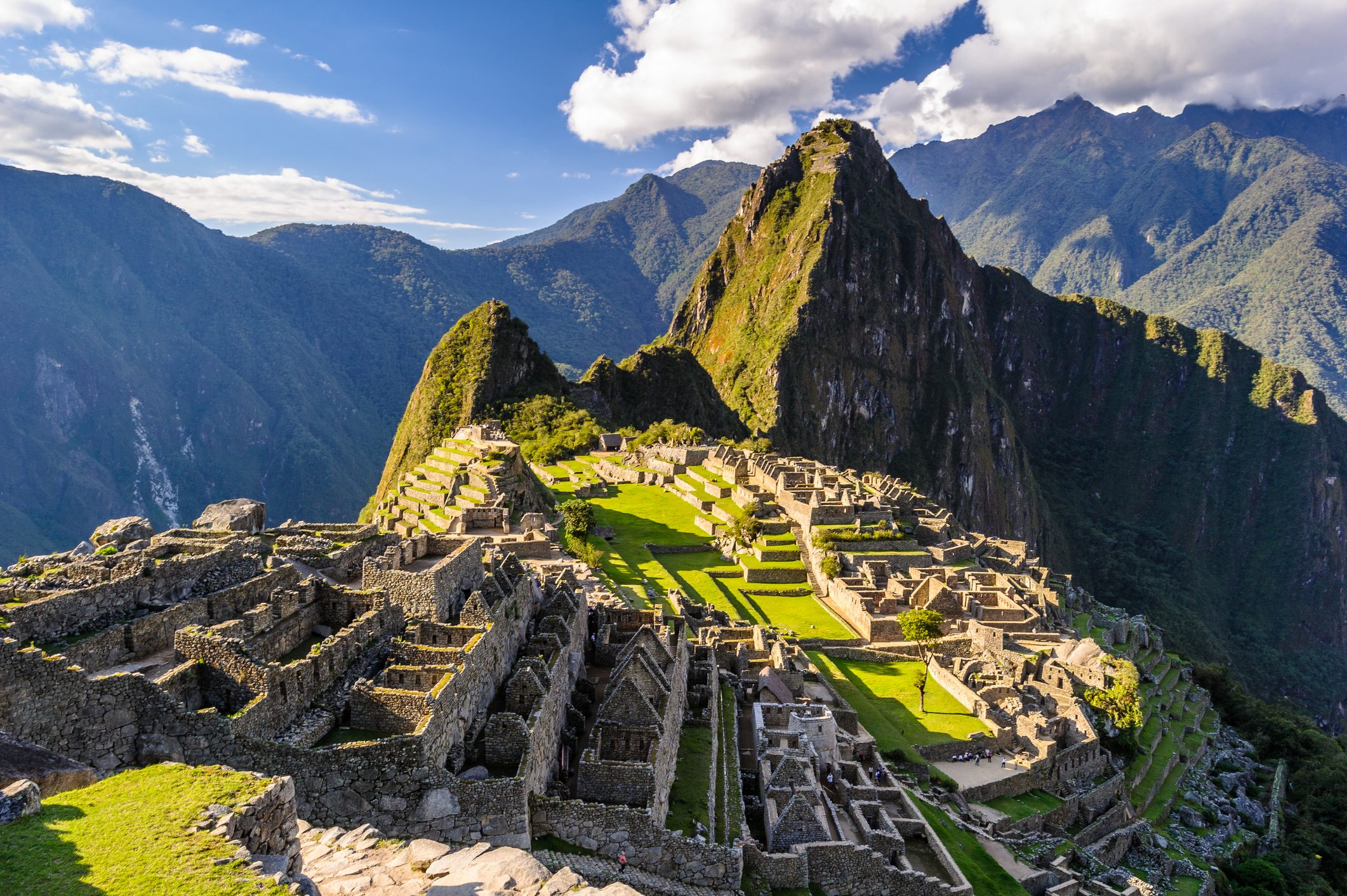Machu Picchu, located high in Peru’s Andes Mountains, is an awe-inspiring testimony to the ancient Inca civilization. This archaeological masterpiece, often known as the “Lost City of the Incas,” draws explorers, history buffs, and nature
Machu Picchu, located high in Peru’s Andes Mountains, is an awe-inspiring testimony to the ancient Inca civilization. This archaeological masterpiece, often known as the “Lost City of the Incas,” draws explorers, history buffs, and nature lovers from all over the world. A trip to Machu Picchu is a transforming experience that immerses tourists in the rich cultural legacy and spectacular natural splendor of this UNESCO World Legacy Site. In this essay, we will dig into the enchanted realm of Machu Picchu, learning about its history, significance, and the practicalities of organizing an outstanding vacation to this mysterious site.
Discovering Machu Picchu
 Machu Picchu, discovered in 1911 by American adventurer Hiram Bingham, is cloaked in mystery and intrigue. This historic castle, believed to have been built in the mid-15th century, served as a holy sanctuary, a royal retreat, and an administrative hub for the Inca civilization. It was virtually unknown to the outside world until its rediscovery due to its distant position and concealed character. Today, Machu Picchu remains an outstanding tribute to the Inca civilization’s architectural creativity and engineering prowess.
Machu Picchu, discovered in 1911 by American adventurer Hiram Bingham, is cloaked in mystery and intrigue. This historic castle, believed to have been built in the mid-15th century, served as a holy sanctuary, a royal retreat, and an administrative hub for the Inca civilization. It was virtually unknown to the outside world until its rediscovery due to its distant position and concealed character. Today, Machu Picchu remains an outstanding tribute to the Inca civilization’s architectural creativity and engineering prowess.
For those who prefer a more relaxed approach, a train ride from Cusco to Aguas Calientes, the town at the base of Machu Picchu, is a convenient and comfortable option. The train journey itself offers stunning panoramic views of the Andean landscape, allowing you to unwind and immerse yourself in the surrounding natural beauty. From Aguas Calientes, a short bus ride or a hike up to the entrance of Machu Picchu awaits, granting you access to this archaeological gem.
To go on a Machu Picchu expedition, one must first figure out how to get to this inaccessible location. The tour usually begins at Cusco, the entryway to the Sacred Valley of the Incas. From Cusco, tourists may choose between the famous Inca Trail hike, the Salkantay hike, and the more leisurely train route to Machu Picchu. Each route provides a distinct experience, letting you to immerse yourself in the region’s beautiful scenery and cultural attractions.
The Inca Trail offers an unprecedented opportunity to walk in the footsteps of the ancient Incas for anyone looking for a physically hard and rewarding trip. This four-day journey takes you through a variety of environments, including as beautiful cloud forests, steep mountain passes, and old Inca ruins. The ultimate prize comes at the Sun Gate, where the magnificent fortress of Machu Picchu is revealed in all its splendor. Permits for the Inca Trail are limited and in high demand, so it is best to book early.
The Salkantay Trek, on the other hand, provides a more off-the-beaten-path adventure, bringing you through isolated and harsh territory. This hike highlights the breathtaking majesty of the Salkantay Mountain while also providing an insight into the daily life of local villages. The tour concludes with a visit to Machu Picchu, where you may bask in the beauty and quiet of this ancient treasure.

Once inside Machu Picchu’s walls, a world of exploration awaits. Hire a qualified guide to help you uncover the mysteries and legends concealed behind the old walls. They will explain the history and significance of each edifice, offering insight into the Inca civilization’s intriguing religious, agricultural, and ceremonial traditions. You can’t help but wonder at the tremendous artistry and genius that went into the creation of this city as you explore the terraces, temples, and villas.
Aside from the ruins, Machu Picchu has a multitude of natural treasures to discover. Hiking to the summit of Huayna Picchu, the renowned peak that serves as the citadel’s background, rewards you with panoramic views that spread as far as the eye can see. The Inti Punku, or Sun Gate, climb offers a spectacular sunrise perspective of Machu Picchu, putting an ethereal glow over the ancient stones. The neighboring mountains and valleys provide several routes and chances for outdoor experiences for those seeking a closer connection with nature.

